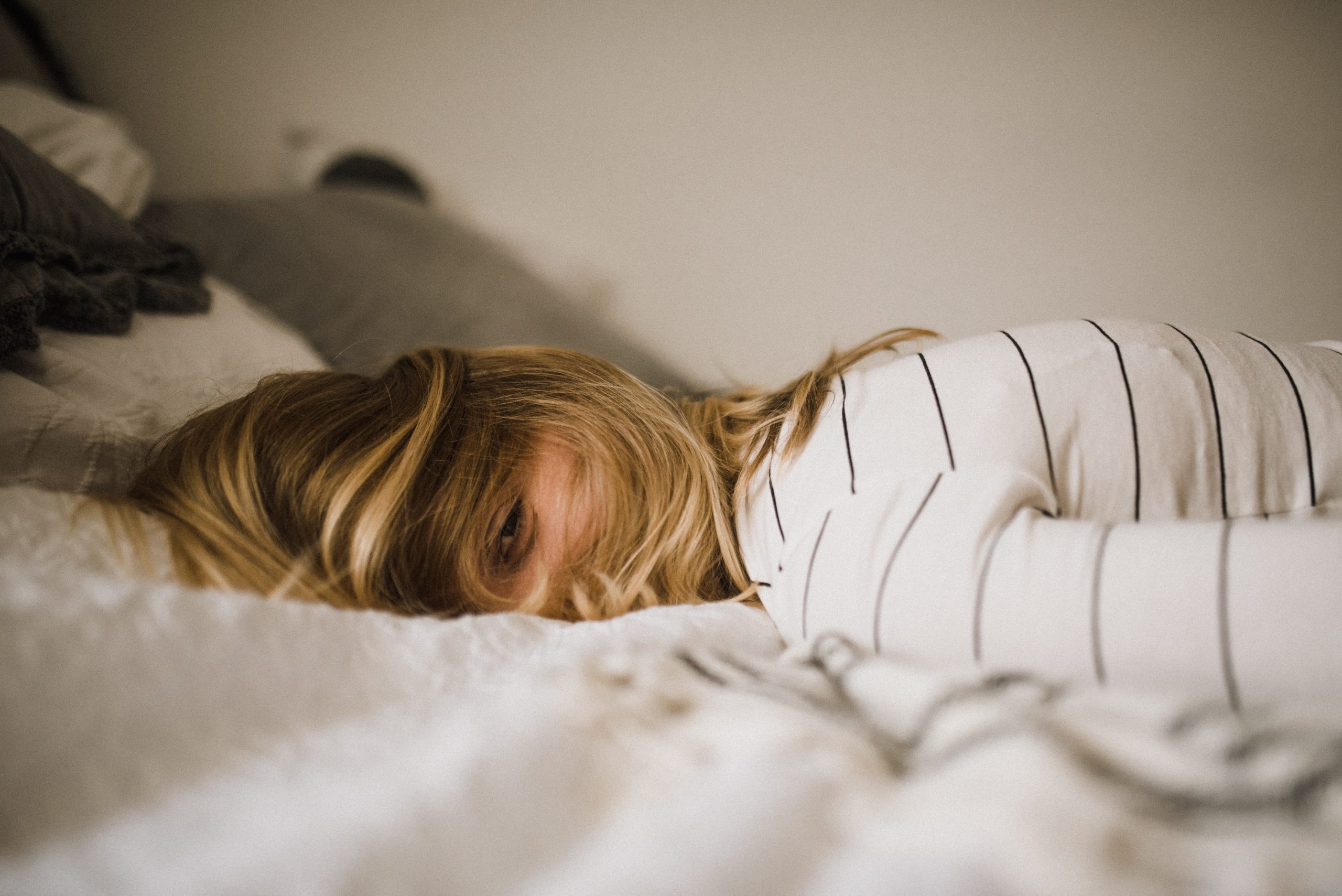The gender gap in sleep
gender gap
Sleep experts recommend that adults sleep 7-9 h per night (7-8 h for older adults). However, about 30-35% of adults sleep less than 7 h and prevalence rates of short or insufficient sleep are increasing. Insufficient sleep is not in itself a diagnosable disorder; however, its high prevalence highlights a key target for improving population health. Insufficient sleep is associated with poorer self-rated health, increased risk of depression, type 2 diabetes, cardiovascular disease, and premature mortality.

Sleep health is a key indicator in affective, cardiovascular, endocrine, immune and neurodegenerative aspects of health. Some parameters of sleep health such as duration or degree of satisfaction are associated with physical, mental, and behavioral health outcomes. Poor sleep health is a public health problem. However, the good news is that sleep health variables are modifiable, which should remind us that improving sleep health is an excellent mechanism for improving population health.
We generally consider health to be a personal issue, but many times, and it is clear in sleep health, it is influenced by interpersonal and social factors. To give specific examples, sleep duration depends on race, marital status, number of children in the household, region of residence and level of education. Women tend to say they need to sleep longer, but disparities in sleep duration based on sex may depend on age. A 2021 study in a large Japanese cohort (n = 68,604) 1 revealed that women sleep less than men of similar ages, and showed that this difference is more substantial after the age of 30 years. Gender (individual) differences in sleep health are influenced by family roles and policy issues such as equality structures, parenting supports, and health care. Much of the research on sleep focuses on individual cases; however, recent work looking at the effects of gender, partner, community membership, and politics highlights the importance of looking at sleep within a socioecological framework.
Let’s get into the nitty-gritty. About 10% of people suffer from insomnia, but it is more common in women. The large gender differences in sleep duration and insomnia are due to biological and socioecological factors. Sleeping with a partner is associated with longer sleep and a greater number of awakenings during the night. Research published by Liang-Nan Zeng of Southwest Medical University in Luzhou, China, and colleagues 2 pooled data from 13 studies from around the world involving hundreds of thousands of participants. The meta-analysis revealed that a woman is about 60% more likely to suffer from insomnia than a man. The reasons may be both biological and social. About three-quarters of pregnant women suffer from insomnia in the third trimester of pregnancy. However, a global study of nearly 70,000 adults wearing smart bracelets found that women may sleep more than men over a lifetime. This study also found that women wake up more at night, especially in young to middle adulthood, which is moderated by motherhood for women, but not by parenthood for men. Importantly, this period is often marked by parenting, which is associated with greater psychological and behavioral demands on women, many of which impact on sleep. However, parenting status alone did not explain the gender difference in nighttime awakenings, indicating multiple factors of sleep duration. In addition, middle-aged women may experience hormonal and physiological symptoms associated with menopause that contribute to sleep disturbances, such as nocturnal vasomotor symptoms (e.g., night sweats). In addition, psychological research suggests that women are also more predisposed to negative rumination, which can impede restful sleep.
Gender differences in sleep duration also vary by country of origin 3. Some research has found that women sleep longer in most OECD countries except Japan, India, Mexico, and Estonia. The variation in sleep duration is thought to be due to differences in traditional gender expectations, such as the division of household chores or the time spent by fathers and mothers on child-rearing.
Finally, individual gender differences in sleep duration are linked to downstream consequences. Sleeping as a couple is associated with longer sleep duration, but characteristics such as partner anxiety may diminish these benefits. Recent findings suggest that women with same-sex partners felt less rested when they slept less than 7 h than women with different-sex partners who slept the same amount. There was no difference in the relationship between sleep duration and feelings of restfulness between men with different-sex partners and men with same-sex partners. These results were not due to differences in sleep duration. Rather, not feeling rested was attributable to broader social factors; women with same-sex partners felt less rested in countries with less support for sexual minorities. Thus, attending to sleep health is more complex than we sometimes think and on that path to personalized medicine we must understand the impact that personal, interpersonal, and social characteristics have on each individual.
References
- Li L, Nakamura T, Hayano J, Yamamoto Y (2021) Age and gender differences in objective sleep properties using large-scale body acceleration data in a Japanese population. Sci Rep 111(11): 1–11. ↩
- Zeng LN, Zong QQ, Yang Y, Zhang L, Xiang YF, Ng CH, Chen LG, Xiang YT (2020) Gender difference in the prevalence of insomnia: a meta-analysis of observational studies. Front Psychiatry11:1162. ↩
- Decker AN, Fischer AR, Gunn HE (2022) Socio-Ecological Context of Sleep: Gender Differences and Couples’ Relationships as Exemplars. Curr Psychiatry Rep 24(12): 831-840. doi: 10.1007/s11920-022-01393-6 ↩